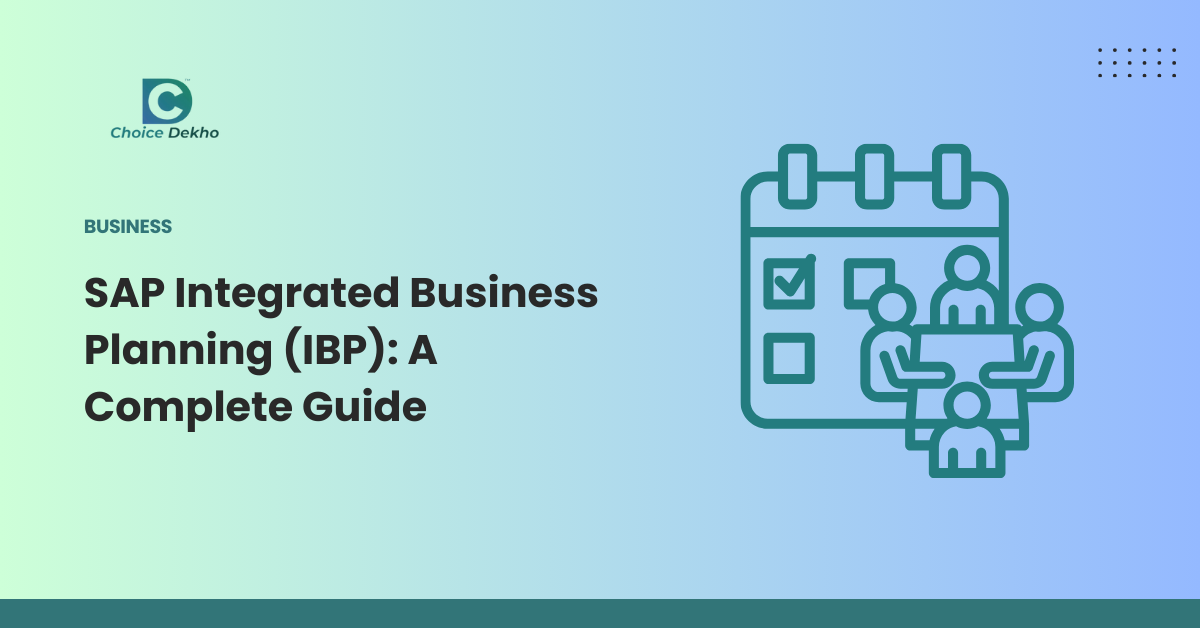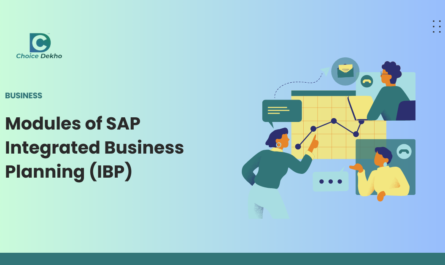With the increasing pace of business today, companies are expected to manage the supply and demand of goods and adjust to changes in their markets. One cloud solution that helps address problems of this nature is SAP Integrated Business Planning (SAP IBP).
In this guide, we will discuss the SAP IBP full form, its components, advantages and how businesses can use it to improve their supply chain functionality.
What is IBP in SAP?
IBP SAP is a state-of-the-art supply chain planning system that incorporates demand planning, supply planning, inventory management, and response management. It is built on SAP HANA, so it can make use of machine learning, advanced analytics, and real-time data processing for improved decision-making capabilities.
Key Components of SAP IBP
- SAP IBP for Demand (SAP Forecasting Module): Applies predictive analytics and machine learning to forecast demand.
- SAP IBP for Supply and Response: Balances supply with demand and ensures that disruption is met with responsive proactive measures.
- SAP IBP for Inventory – Controls stock levels to minimise unused inventory costs.
- SAP IBP for Sales & Operations Planning (S&OP): Integrates strategy with an organisation’s objectives and tactics in a consolidated planning process.
- SAP IBP for Demand-Driven Replenishment (DDR): This feature improves replenishment approaches by optimising strategies on the fly.
Benefits of SAP IBP
1. Advanced Analytics and Real-Time Data
The intelligence database provides powerful insights into the data with instant accurate information. Combining AI with legislation improves the efficiency of the process at a higher level.
2. Improved Visibility and Collaboration
All IBP in SAP actors contribute their data, and all departments have access to real-time data, which drastically improves the quality of information sharing and decisions translated into practice.
3. Enhanced Forecast Accuracy
Enhanced statistical techniques combined with AI backbone enable rapid and efficient supply chain planning with significantly less uncertainty.
4. Greater Agility and Responsiveness
Using IBP SAP enables all businesses to create multiple scenario plans and backups, manage surprises in the market, and make the appropriate reactions.
Strengthen Your Understanding of SAP Using Choice Dekho Courses
If you want to enhance your understanding of SAP Integrated Business Planning and other related technologies, Choice Dekho has a few courses that may help you achieve that goal:
- Deploying SAP on Google Cloud – Learn how to efficiently deploy and manage SAP applications on Google Cloud for scalability and performance.
- SAP Technology Consultant Hands-On Project – Gain real-world experience as an SAP consultant through hands-on projects and practical implementation.
- Implementing an SAP Solution – Master the end-to-end process of SAP solution implementation for business efficiency and digital transformation.
- Designing an SAP Solution – Learn to design tailored SAP solutions that align with business needs and industry best practices.
- SAP Customer Engagement and Discovery – Discover strategies for engaging customers with SAP solutions to drive business growth and innovation.
Conclusion
From the information collected through this article, it can clearly be stated that SAP Integrated Business Planning (SAP IBP) is positioned to greatly innovate within supply chain management by providing information in real-time, AI predictions, and cooperation. With the use of the SAP forecasting module, business decision-making, inventory control, and market competition can be increased.





One thought on “SAP Integrated Business Planning (IBP): A Complete Guide”